Blue energy has the potential to provide a sustainable alternative to fossil fuels. In simple terms, it involves harnessing the energy produced when the ions in a salt solution move from high to low concentrations.
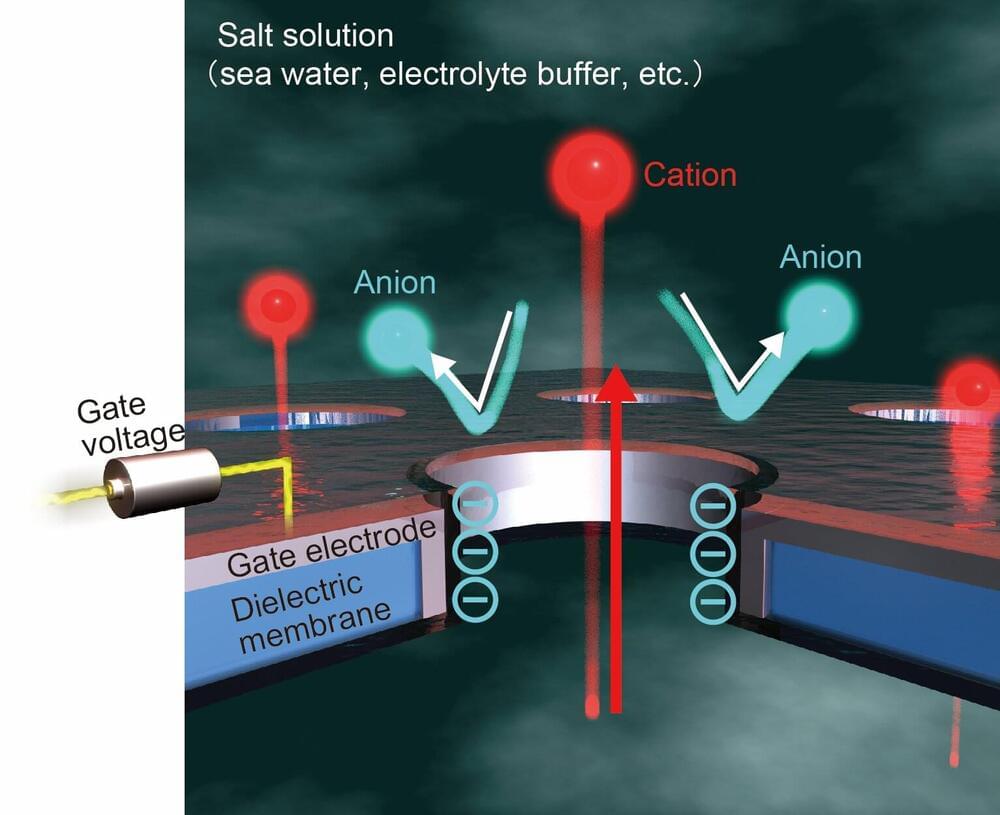

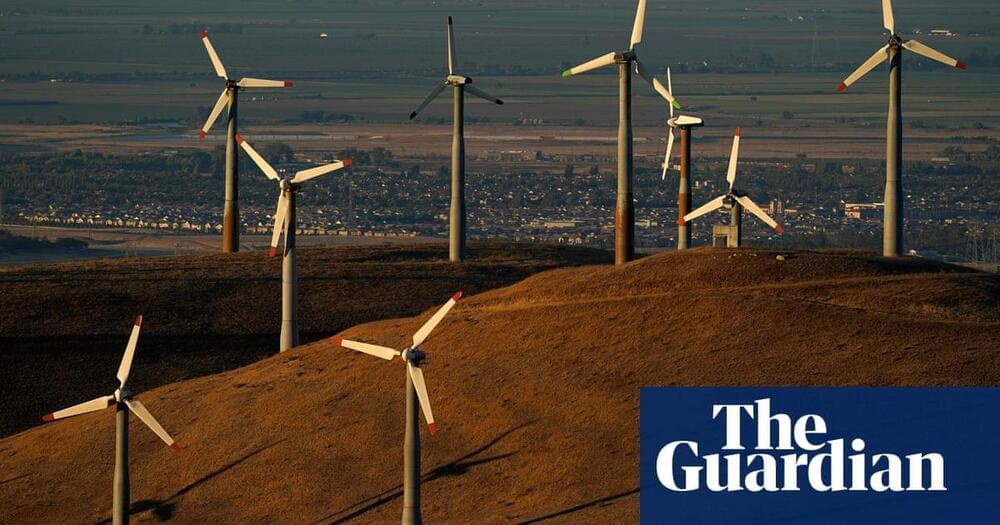
They found emissions of SO2 and NOx – both linked to increased asthma risk and a variety of other health issues – decreased by a total of 1m metric tons over that three-year period.
To determine the impact of that reduction on public health, the authors “used air quality models to track the population exposed to pollution from power plants”, Millstein said. They also employed epidemiological research to examine the effects of those emissions, and quantified the benefits by using an Environmental Protection Agency dollar value establishing the value of reducing the risk of early death across the population, he said.
All told, the emission reductions from SO2 and NOx provided $249bn of climate and health benefits to the US, the authors found – a figure Millstein said he found was “noteworthy”

Ford Performance is at it again. The high-performance unit is teasing its new Ford F-150 Lightning-based EV SuperTruck ahead of its official debut. To showcase its abilities, Ford’s new electric SuperTruck will compete in the upcoming Pikes Peak International Hill Climb.
Based on its best-selling electric pickup, Ford’s Performance team tweaked the Lightning-based EV SuperTruck to boost power and aerodynamics.
Ford says running test electric vehicles at Pikes Peak enables it to “push the boundaries of EV powertrains in the most extreme conditions.” The team then relays what it learns to improve Ford’s production vehicles.
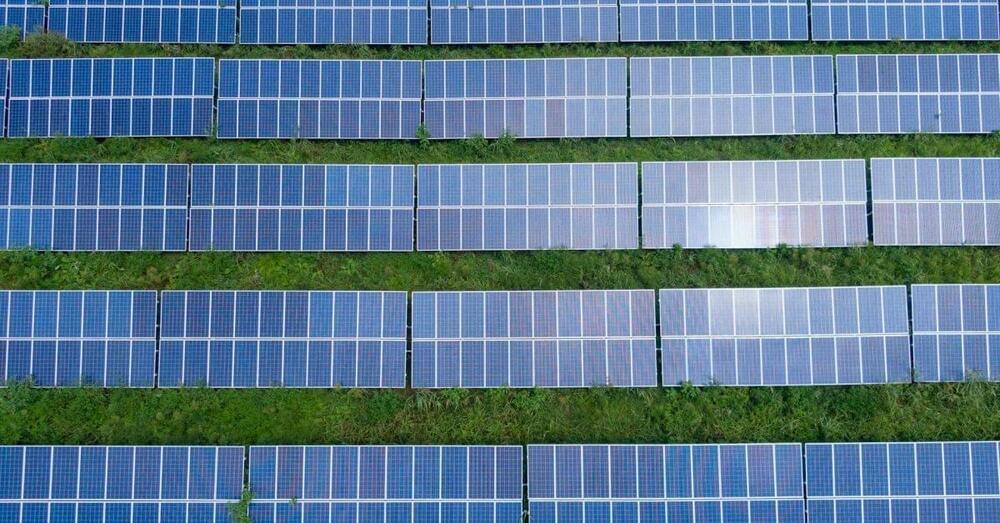
Wyoming just approved its largest solar farm – 771 megawatts (MW) of utility-scale solar plus battery storage.
Developer Enbridge has been issued a siting permit by the Industrial Siting Council to construct and operate Cowboy Solar I & II on private land leases in Laramie County, in the state’s southeast corner. Next steps will be to obtain county, environmental, and municipal permits.
Cowboy Solar I will include 400 MW of solar power and 136 MW of battery storage, while Cowboy Solar II will have 371 MW of solar power and 133 MW of battery storage.
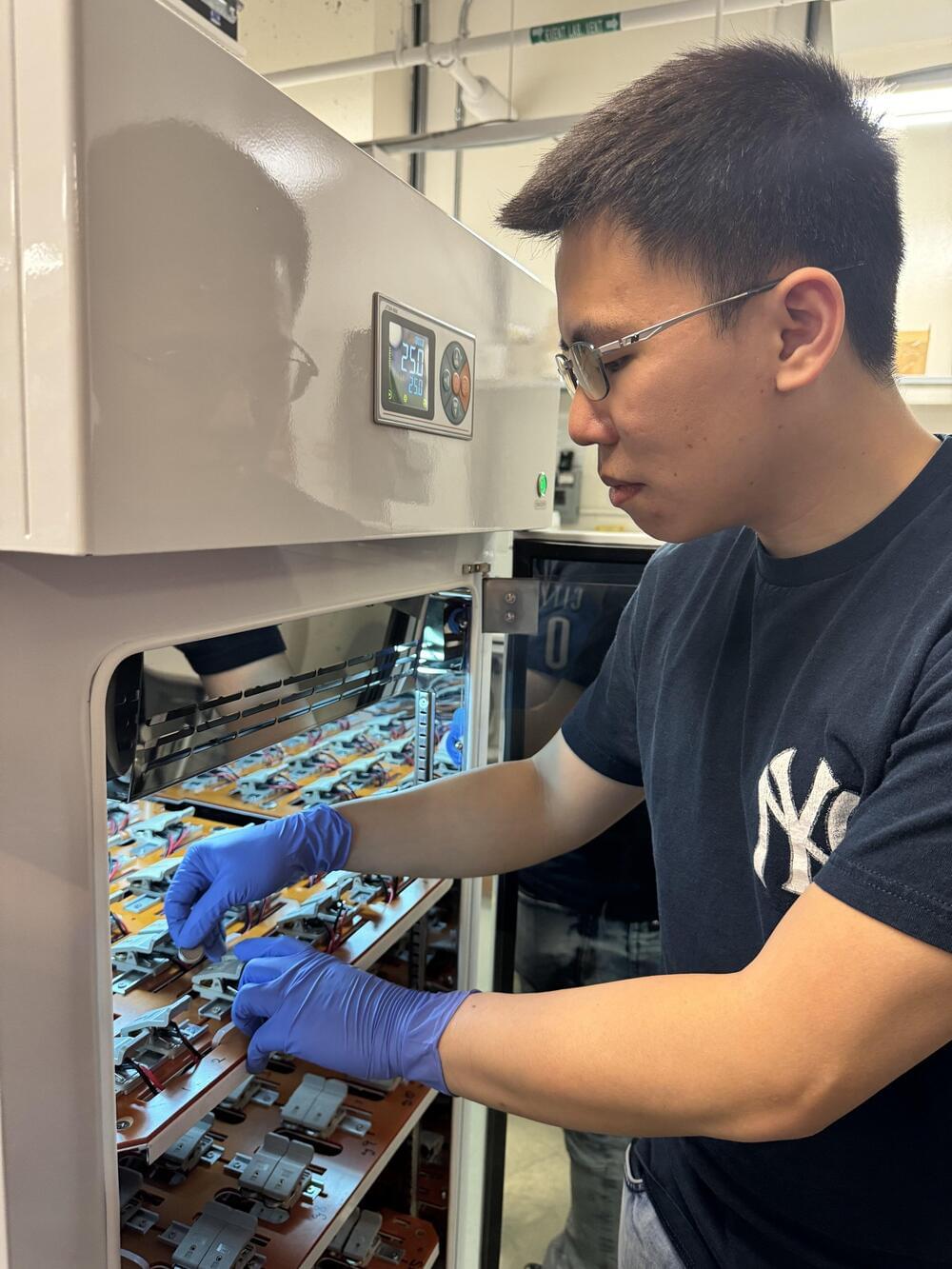

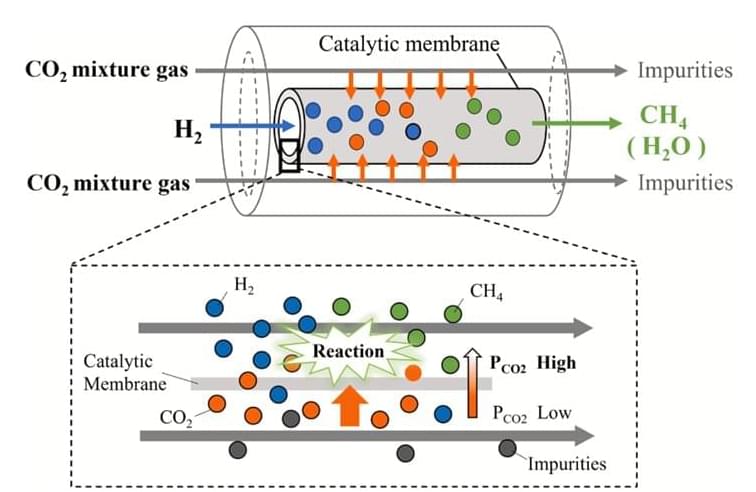
Reducing carbon emissions from small-scale combustion systems, such as boilers and other industrial equipment, is a key step towards building a more sustainable, carbon-neutral future. Boilers are widely used across various industries for essential processes like heating, steam generation, and power production, making them significant contributors to greenhouse gas emissions.

Tesla appears to be gearing up to launch a new Performance mode for the Model 3 and Model Y, as spotted in code from recent firmware updates.
On Sunday, Tesla code sleuth green the only posted about a “soft performance limit” option for the Model 3 and Y discovered in recent firmware, which the account says are listed as 110kW and 160kW, respectively. The discovery seems to suggest that Tesla is looking to launch a paid upgrade for the software-locked mode, allowing owners to upgrade to access full battery range.
Hm, interesting, recent firmwares bring “soft performance limit” option to Model3 and ModelY, listed as 110kW and 160kW respectively.
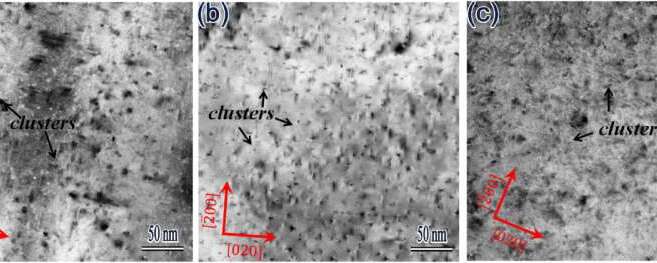
Dr. Hyeon-woo Son and his research team from the Department of Aluminum in the Advanced Metals Division at KIMS have successfully developed an aluminum alloy for electric vehicles that dramatically improves thermal stability. The paper is published in the Journal of Materials Research and Technology.
“Batteries are the crux of many of the most important emerging technologies in both the civilian world and, important to our profession, on the battlefield,” said United States Military Academy Cadet Michael Williams. “More energy dense batteries allow, for instance, greater range on electric vehicles, longer battery lives for radios, and longer flight times for drones. Our work helps make manufacturing these batteries easier.”
Cadets Michael Williams, Avery Patel, and Nancy Astable have been working on a long-term project with their faculty mentors Dr. Enoch Nagelli, Dr. Simuck Yuk, and Army Col. John Burpo to develop new ways to maximize energy storage and generation for the U.S. Army Combat Capabilities Development Command’s Armaments Center. In collaboration with Cornell University, the team at USMA’s Department of Chemistry and Life Sciences is pursuing innovative approaches to increasing the quality and use of batteries and fuel cells.
The value of conducting scientific research to solve real-world problems is clear to the cadets.